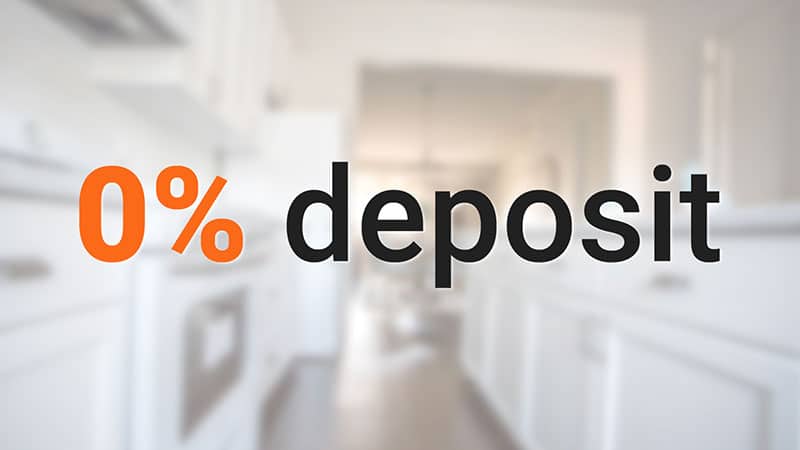South Africa has a long history of the 100% Mortgage
The following article examines the reasons behind South Africa offering 100% mortgages while the rest of the world has introduced limitations on borrowing and insisted on various debt to earnings ratios and loan-to-value (LTV) ratios. Internationally a 100% mortgage is a rarity.
Interest Rates
There are two main rates in South Africa – the repo rate and the prime lending rate.
The former of the two is the interest rate set by the South African Reserve Bank and at the time of writing was 6.50%, while the prime rate, which is set in line with the repo rate, is currently 10%.
The prime rate is used as a starting point to determine what interest rate the borrower will pay and can be moved up and down accordingly, depending on their financial profile.
At 6.50%, the repo rate might seem high but ten years ago it was closer to 12%, so it is not surprising that tracker rates are a popular option for residents, with very few fixes available.
Soft footprints
Unlike here in the UK, hard footprints are not a concern for applicants.
According to South African brokerage Ooba, the average interest rate for its customers in Q1 of 2018 was 0.16% above prime, down from 0.35% above prime in Q1 2017 – which gives you an idea of the type of rate South Africans can expect to pay.
The country enjoys a prosperous mortgage market but concepts such as interest-only and equity release are relatively new.
Options for borrowers with a poor credit history are also limited and those with heavy adverse will generally need to rehabilitate themselves before applying.
Affordability
As in our own country, affordability is key for many aspiring South African homeowners.
The average age of a first-time buyer in Q1 2018 was 34, with the average house price paid around R907,693 (£52,592), according to Ooba. This is against the backdrop of average gross monthly wages of around R20,000 (£1,160).
As a general rule, a borrower’s maximum monthly mortgage (bond) payment must not exceed 30% of their gross monthly income.
Therefore, R20,000 per month gross equates to maximum repayments of R7,000.
100% LTV going strong
Since the introduction of the National Credit Act in 2007, applicants must go through increased affordability tests, yet the market for 100% LTVs is very much still alive, especially for first-time buyers.
It is common for lenders to approve loans to first-time buyers for 100% LTV and above, assuming they can meet the affordability requirements.
Lenders offering these deals do not make headline news in South Africa the way they might here in the UK.
In fact, research from First National Bank found that in Q2 of 2016 homes where the bond was registered between 100% and 109% of the loan-to-purchase price (LTP) were estimated at 41.5%, down from a high of 65% in Q2 of 2007.High net worth
In both the mainstream and the high net worth mortgage markets there is a strong emphasis placed on the client’s profession.
Investec Private Bank’s clients in South Africa are in professions like accounting, law and medicine, with a number newly graduated.Our decision to lend is not necessarily based on their income but their employability.
The first thing we ask ourselves is, if they were to leave their job today would they get another one tomorrow?
And for the right client, we can extend ourselves beyond 100% LTP because we understand their potential income growth trajectory and as in the UK, we can be flexible with our terms.
Click here to view original web page at www.mortgagesolutions.co.uk
